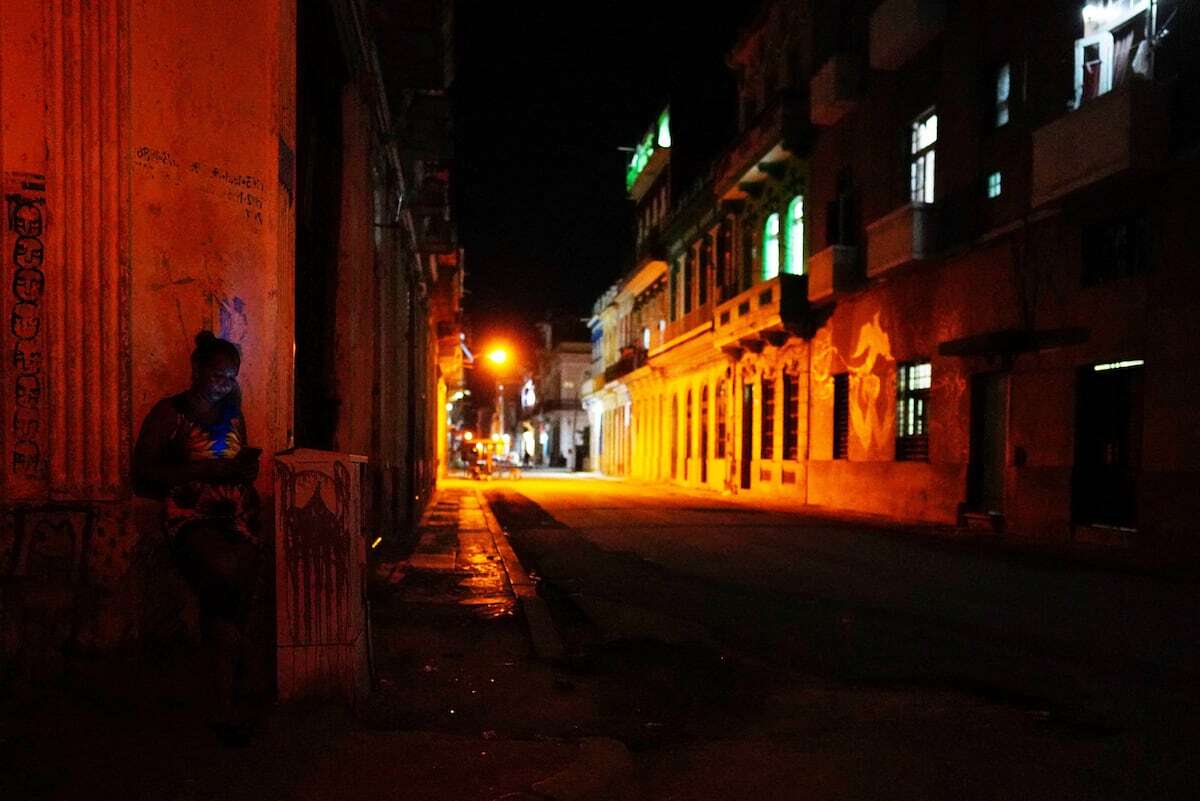Cuba Faces National Blackout: Infrastructure Crisis and Future Solutions
On Friday, Cuba's national grid collapsed, plunging the island's 10 million residents into darkness and revealing the dire state of its infrastructure and economy. While efforts to restore power are underway, long-term challenges loom large.
Causes of the Grid Collapse
Cuba's electrical grid, primarily powered by aging oil-fired plants, suffers from decades of neglect and inadequate maintenance. With minimal domestic fossil fuel production, the country heavily relies on imports for electricity generation. A significant reduction in fuel shipments from Venezuela, compounded by export cuts from allies Russia and Mexico, has further strained Cuba's energy resources. This precarious situation culminated in a major malfunction at the country’s largest power plant, exacerbated by adverse weather that delayed fuel deliveries, ultimately leading to a total grid failure.
Blame and Accountability
Cuban leaders, including President Miguel Diaz-Canel, often cite the U.S. trade embargo and sanctions as primary causes of their energy woes. While the U.S. denies responsibility for the blackout, sanctions complicate Cuba's ability to finance fuel purchases and acquire essential spare parts, leaving it reliant on its outdated fleet for transport. However, the Cuban government also acknowledges that corruption and bureaucratic inefficiencies have hampered efforts to upgrade its electrical infrastructure.
Public Response and Humanitarian Impact
The blackout has drastically affected daily life, leaving millions without electricity and contributing to increased mosquito-borne illnesses. Water supply disruptions due to power outages have left hundreds of thousands without access to clean water. Food shortages, exacerbated by extended blackouts, have forced many to seek refuge abroad, resulting in a significant increase in emigration since 2020.
Government Initiatives for Sustainable Energy
In response to these challenges, the Cuban government has announced plans to transition to renewable energy sources, focusing on solar power. State-run media reported that 26 solar farms are under construction, intending to achieve 1,000 megawatts of new capacity within two years. Nevertheless, ongoing economic constraints and funding shortages may hinder timely progress.
Historical Context of Grid Failures
Cuba has experienced significant power outages before, including a nationwide blackout following Hurricane Ian in September 2022. While service was eventually restored, it was accompanied by public protests over the government's handling of the crisis.



 Korea Zinc to Build $7.4 Billion Critical Minerals Refinery in Tennessee With U.S. Government Backing
Korea Zinc to Build $7.4 Billion Critical Minerals Refinery in Tennessee With U.S. Government Backing  Japan Exports to U.S. Rebound in November as Tariff Impact Eases, Boosting BOJ Rate Hike Expectations
Japan Exports to U.S. Rebound in November as Tariff Impact Eases, Boosting BOJ Rate Hike Expectations  Chinese Robotaxi Stocks Rally as Tesla Boosts Autonomous Driving Optimism
Chinese Robotaxi Stocks Rally as Tesla Boosts Autonomous Driving Optimism  Asian Currencies Trade Sideways as Dollar Weakens Ahead of Key U.S. Data
Asian Currencies Trade Sideways as Dollar Weakens Ahead of Key U.S. Data  Gold and Silver Surge as Safe Haven Demand Rises on U.S. Economic Uncertainty
Gold and Silver Surge as Safe Haven Demand Rises on U.S. Economic Uncertainty  Wall Street Futures Slip as Tech Stocks Struggle Ahead of Key US Economic Data
Wall Street Futures Slip as Tech Stocks Struggle Ahead of Key US Economic Data  Asian Fund Managers Turn More Optimistic on Growth but Curb Equity Return Expectations: BofA Survey
Asian Fund Managers Turn More Optimistic on Growth but Curb Equity Return Expectations: BofA Survey  Bank of Japan Poised for Historic Rate Hike as Inflation Pressures Persist
Bank of Japan Poised for Historic Rate Hike as Inflation Pressures Persist  Singapore Growth Outlook Brightens for 2025 as Economists Flag AI and Geopolitical Risks
Singapore Growth Outlook Brightens for 2025 as Economists Flag AI and Geopolitical Risks  Asian Stocks Slide as Central Bank Decisions and Key Data Keep Investors Cautious
Asian Stocks Slide as Central Bank Decisions and Key Data Keep Investors Cautious  Australian Consumer Sentiment Slumps in Early December as Inflation Fears Resurface
Australian Consumer Sentiment Slumps in Early December as Inflation Fears Resurface  Trump Orders Blockade of Sanctioned Oil Tankers, Raising Venezuela Tensions and Oil Prices
Trump Orders Blockade of Sanctioned Oil Tankers, Raising Venezuela Tensions and Oil Prices  South Korea Warns Weak Won Could Push Inflation Higher in 2025
South Korea Warns Weak Won Could Push Inflation Higher in 2025  Silver Prices Hit Record High as Safe-Haven Demand Surges Amid U.S. Economic Uncertainty
Silver Prices Hit Record High as Safe-Haven Demand Surges Amid U.S. Economic Uncertainty  New Zealand Budget Outlook Shows Prolonged Deficits Despite Economic Recovery Hopes
New Zealand Budget Outlook Shows Prolonged Deficits Despite Economic Recovery Hopes 






























